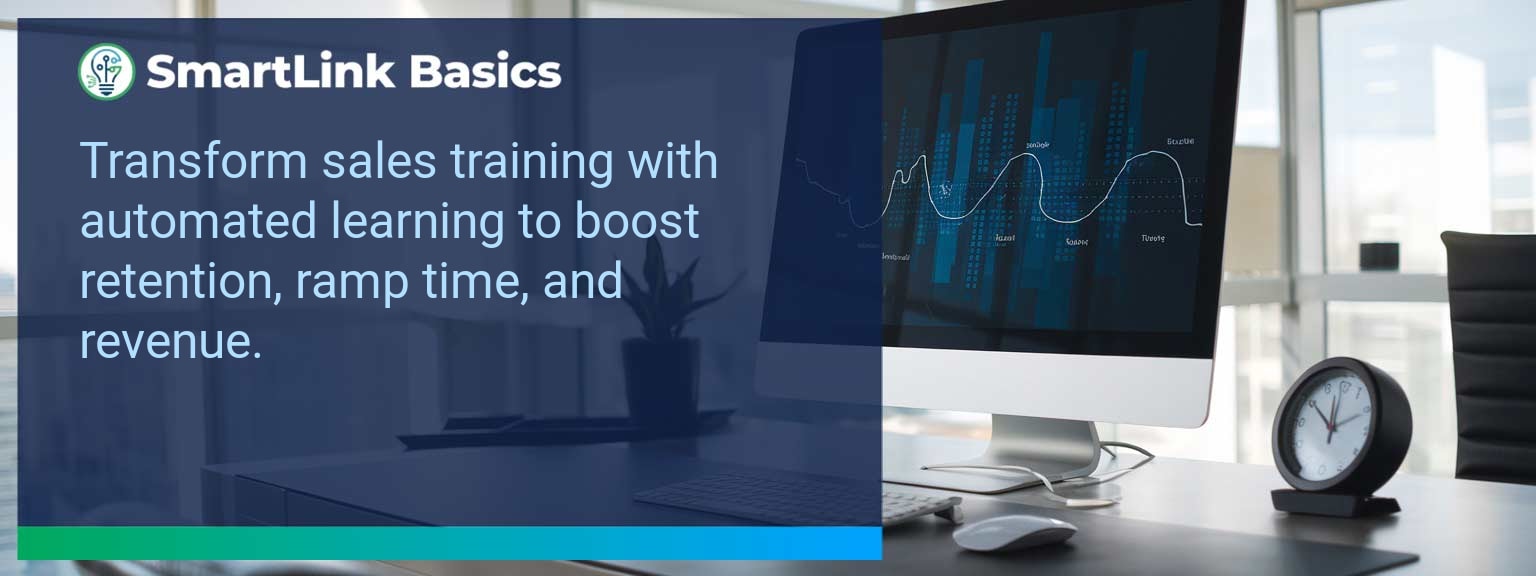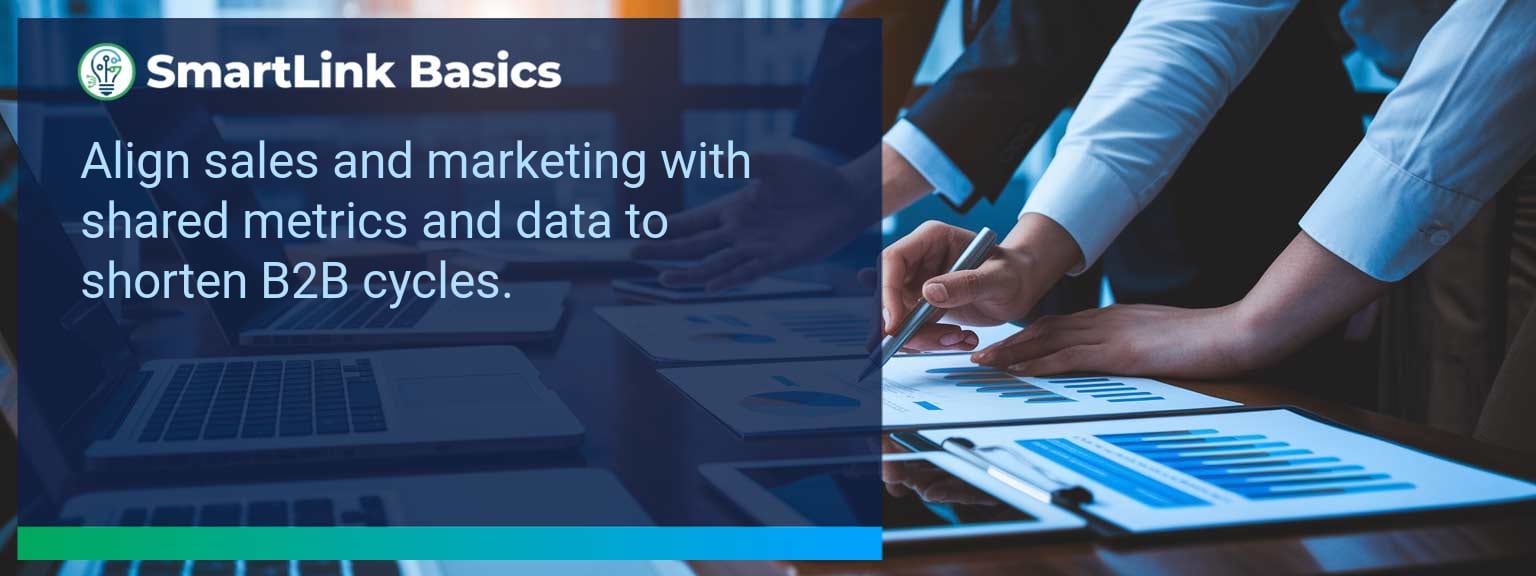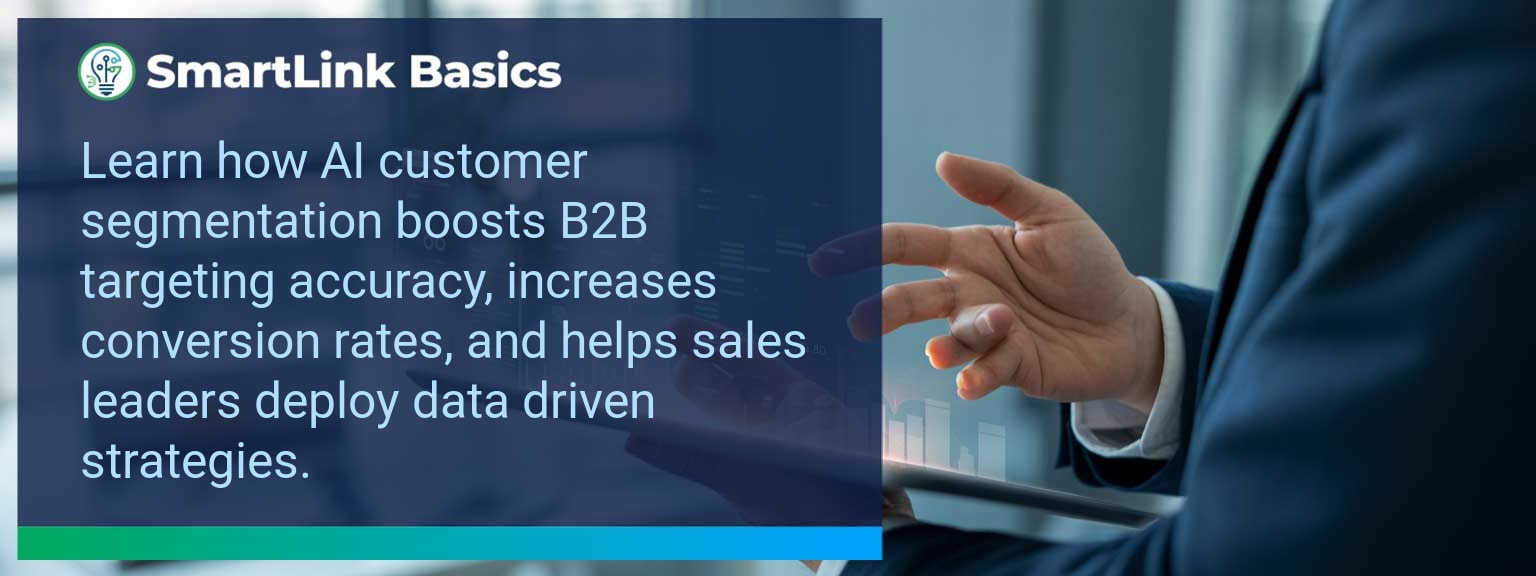Messy, outdated CRM data costs sales organizations both revenue and credibility. Gartner reports that poor data quality costs businesses an average of $12.9 million each year, with sales teams losing hours weekly just correcting records. At SmartLink Basics, we see CRM data hygiene not as an administrative chore, but as a strategic enabler—especially when paired with AI automation.
This article explains why maintaining pristine CRM records is critical in an AI-driven sales environment, the common breakdowns in sales data maintenance, and how automation tools can ensure reps follow through without adding manual workload. You will learn practical approaches to automate CRM cleanup, improve sales data quality, and redesign processes for higher productivity.
- AI-powered tools automate CRM data cleanup and standardization.
- Clean data improves forecasting accuracy and lead prioritization.
- Automation ensures reps follow through on tasks and next steps.
- Targeted workflows boost productivity and reduce admin time.
- AI-enabled data hygiene supports scalable, consistent sales performance.
What Changed and Why CRM Data Hygiene Matters Now
AI adoption in sales is accelerating, but automation is only effective if the underlying CRM data is accurate, current, and complete. AI-driven lead scoring, predictive analytics, and customer segmentation all depend on clean data. Without it, automation amplifies errors instead of insights. For example, one B2B software firm found that 32% of leads in its CRM had missing industry information, making AI-driven ICP targeting unreliable. Once AI tools were applied to auto-complete and verify records from trusted sources, lead conversion rates improved by 18%. Sales leaders should treat CRM data hygiene as the foundation of their revenue engine and embed automated maintenance routines into their operating system.Redesigning the Revenue Operating System with CRM Data Hygiene
Strong revenue systems integrate CRM data hygiene automation throughout the sales cycle. This redesign starts with clear operational disciplines supported by AI-powered enforcement. ICP, Segmentation, and Targeting Define your ideal customer profile with verified firmographic and technographic data. Use automation to update target lists dynamically and remove unqualified accounts as conditions change. Pipeline Architecture Design stages with clear data requirements at each step. For instance, a qualified opportunity cannot progress unless contact role fields are complete and validated. Plays and Messaging Ensure automated personalization tools draw from clean CRM fields to avoid credibility-damaging errors in outbound messaging. Operating Cadence Adopt weekly AI-driven data health scans to identify missing or incorrect records and trigger automated corrections before pipeline reviews.Common Issues in CRM Data Management
Even well-trained sales teams face three persistent CRM challenges: duplicate records, incomplete fields, and outdated contact information. These issues fragment the customer view, skew forecasting, and waste rep time. A manufacturing solutions provider discovered 15% duplication across its CRM, leading to wasted outreach and confused account ownership. Removing duplicates and standardizing formats freed 6 hours of rep time weekly. Addressing these issues at scale requires a combination of preventive measures, automated monitoring, and rep enablement—not one-off manual cleanings.Leveraging AI to Automate CRM Hygiene
Automation transforms CRM cleanup from a disruptive quarterly project into a continuous background process. AI-powered tools integrate directly with CRM platforms to detect anomalies, cross-reference data with external databases, and auto-fill missing fields. For instance, AI data enrichment can validate phone numbers, update job titles, and align account hierarchies without manual input. Combined with activity tracking, AI ensures that follow-up tasks are created when customer status changes, improving sales cycle momentum. Leaders should define the rules that automation enforces—such as mandatory data points for moving deals forward—while leaving exception handling to human review.Measurable Improvements in Sales and Accuracy
Well-implemented CRM data hygiene automation delivers visible ROI. Teams benefit from better lead-to-close rates, higher forecast precision, and faster onboarding of new reps due to accessible, usable data. One SaaS company reported that after six months of AI-led CRM hygiene, forecast accuracy improved by 22%, and average deal velocity improved by two days. To sustain results, integrate CRM health metrics into the leadership dashboard and review them alongside revenue performance indicators.The Evolving Role of AI in Data Management
AI’s role in CRM data hygiene is shifting from reactive correction to proactive enablement. Predictive models can flag accounts likely to become stale, suggest enrichment actions, and even trigger automated sequences to keep engagement current. As CRM platforms add native AI capabilities, sales leaders must align data governance policies with these tools to ensure compliance and consistency. Those who treat CRM as a living asset—with AI orchestrating its upkeep—will see compounding sales advantages over time.Metrics That Matter for CRM Data Hygiene Automation
| Category | Metric | Definition | Target |
|---|---|---|---|
| Leading | CRM Data Completeness | % of active accounts with all mandatory fields populated | 95%+ |
| Leading | Duplicate Reduction Rate | % decrease in duplicate records after automation deployment | 80%+ |
| Lagging | Forecast Accuracy | Variance between predicted and actual revenue | ±5% |
| Lagging | Lead Conversion Rate | Qualified leads closed ÷ total qualified leads | 30%+ |
| Quality | Data Accuracy Verification Rate | % of CRM fields verified against external sources | 98%+ |
| Quality | User Adoption of Hygiene Processes | % of reps following defined data entry and update protocols | 95%+ |
Get the 90-day plan, coaching rubric, and dashboard template to operationalize AI in your enablement program.









